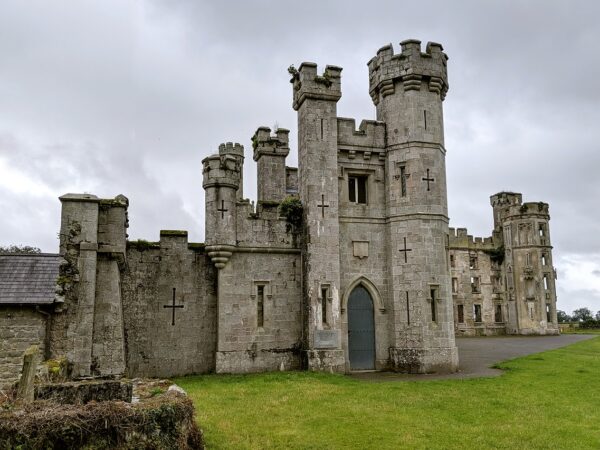The island’s location and proximity to Britain have largely determined the history of Ireland. The island has been inhabited for about 7,000 years.
The Mesolithic culture was brought by hunters from Britain, who were the first settlers on the island. After them, in the 3rd millennium BC, came the Neolithic farmers and stockbreeders.
A wave of Celtic invasions swept the island in the 6th century BC.
The country was fragmented into more than 150 kingdoms and, although the Celts failed to unite Ireland politically, they laid the foundations for linguistic and cultural unity.
The introduction of Christianity in the 5th century is associated with the name of St. Patrick. Ireland did not know the barbarian invasions of the early Middle Ages, and that is partly why the 6th and 7th centuries were marked by the flowering of learning, art and culture, the centers of which were concentrated in the monasteries.
In the 9th and 10th centuries, the country was subjected to regular Viking raids, which, because of its fragmentation, it was unable to resist. The Vikings taxed the whole of Ireland, but at the same time they promoted the development of urban life in Dublin, Cork and Waterford by engaging in trade.
Viking domination ended with the victory of the High King (“ardriaga”) Brian Boru at Clontarf in 1014, but the nascent trend toward a unified state was halted in 1168 by the invasion of the “Normans” – English barons, descendants of the North French knights.
It was they who placed almost three quarters of Ireland under the political control of the Crown of England and for 400 years imposed their own culture, introducing their own laws and institutions (including the parliament). 1297 marked the opening of the session of the first Irish Parliament in Dublin.
In 1315 Ireland was occupied by the Scots and Edward the Bruce proclaimed himself king, but soon died. In 1348 about 1/3 of the island population died of plague. In 1348 about 1/3 of the island’s population died of the plague. In 1541 English King Henry VIII proclaimed himself king of Ireland. Since that time the erosion of the Irish clan system accelerated sharply.
The religious changes taking place in England were also reflected in Ireland, and although the descendants of the Normans, who were called “Old Englishmen,” did not accept the Protestant Reformation, the Irish Anglican Church was formed in the country.
There were several rebellions in the country with national-religious overtones, but they all ended in defeat. In 1603, the Gaelic resistance was finally broken and the English Crown was politically united the whole of Ireland for the first time.
Another rebellion in 1649 ended with the complete defeat of the Irish by Oliver Cromwell’s troops and massive land confiscations.
In 1688 most Irish Catholics came out in support of the deposed English Catholic King James II, but they were defeated at the Battle of the Boyne (1690).
Protestants belonging to the Anglican church monopolized power and land ownership in the country.
In 1798, under the influence of the French Revolution in Ireland, a new rebellion led by Walf Ton aiming at an independent republic broke out. It was put down and Ireland lost what remained of its political autonomy.
In the end. As a result of a bad potato crop in 1840s, Ireland became a famine: in 1846-56 the country’s population reduced from 8 to 6 mln. (1 million died and 1 million emigrated). The “Great Famine” had significant political consequences.
In 1921 the Anglo-Irish Treaty was signed, according to which the six counties of northeast Ulster were constitutionalized as Northern Ireland, and the remaining 26 counties formed the Irish Free State with Dublin as its capital, which was part of the British Empire as a dominion. The first government of the new state was headed by William Cosgrave. In 1937 a new Constitution was adopted.
During World War II Ireland maintained neutrality.
In 1948 a fully independent Irish Republic was proclaimed.
